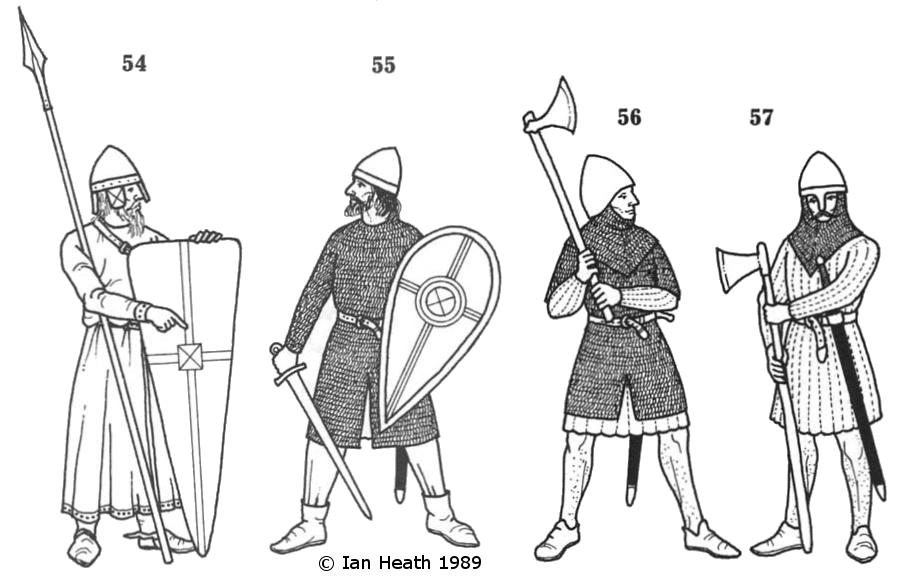
Try Amazon Fresh
ISLESMEN OR GALLÓGLAICH, 12th-14th CENTURIES
An extract from Armies of Feudal Europe 1066-1300by Ian Heath
 | ||
| [Based on Chessmen from Uig, Lewis, western isles of Scotland] | [Based on the tomb of Felim O'Connor at Roscommon Abbey] | [Based on an effigy at Oronsay Priory] |
